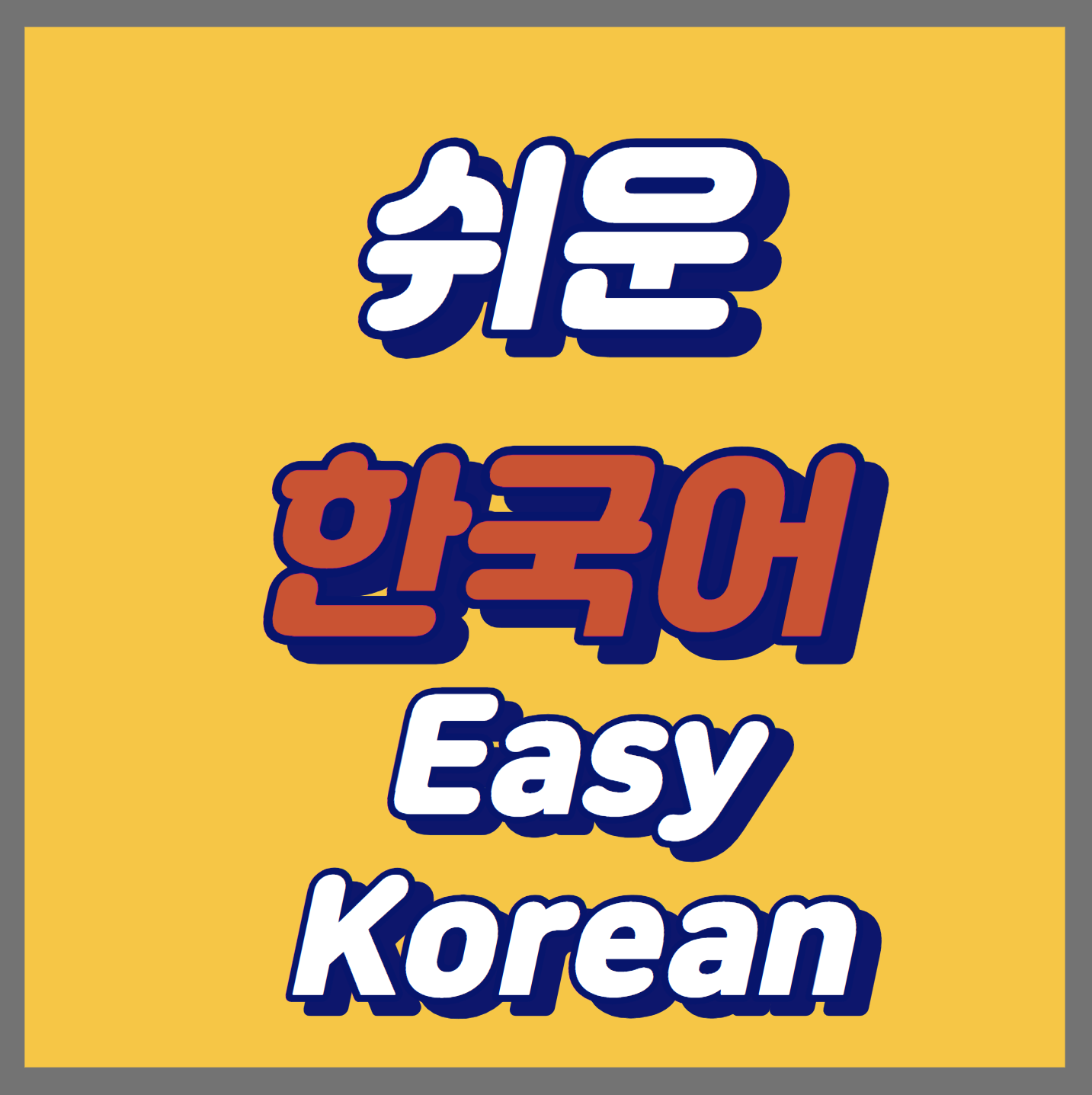문장을 이해하고 구성하는데 핵심인 주어는 한국어 문법에 중요한 역할을 합니다. 주어의 다양한 형태들과 예를 통해 한국어 문법에 한층 더 가까이 가시기를 바랍니다. 이 칼럼에서는 주어의 정의와 여러 예시를 통해 주어의 역할을 자세히 살펴보겠습니다.
Subjects, which are key to understanding and constructing sentences, play an important role in Korean grammar. I hope you get closer to Korean grammar through various forms and examples of the subject. In this column, let’s take a closer look at the definition of the subject and its role with several examples.
제1장: 주어의 역할과 정의(Role and definition of subject)
주어는 문장에서 가장 중요한 요소 중 하나입니다. 주어는 누가, 무엇이, 어떻게 행동하는지를 나타내며, 주로 명사나 대명사로 표현됩니다. 주어는 다음과 같은 역할을 수행합니다.
Subject is one of the most important elements in a sentence. Subjects represent who, what, and how they behave, and are represented primarily by nouns or pronouns. Subjects perform the following roles
주어는 누가 행동을 하는지 나타냅니다. 예를 들어, “나는 공부한다”에서 “나”가 주어로, 누가 공부하는지를 나타냅니다.
The subject represents who acts. For example, in “I’m Studying”, “I” is the subject, indicating who is studying.
주어는 무엇이 행동을 하는지를 나타냅니다. “책은 흥미롭다”에서 “책”은 주어로, 무엇이 흥미로운지를 나타냅니다.
The subject represents what acts. In “Books Are Interesting”, “Books” are subjects, indicating what is interesting.
주어는 어떻게 행동을 하는지를 나타냅니다. “그는 빠르게 뛰어갔다”에서 “그”는 주어로, 어떻게 뛰어갔는지를 나타냅니다.
The subject represents how to behave. In “He ran fast,” “He” is the subject, indicating how he ran.
제2장: 주어의 다양한 형태(various forms of subject matter)
주어는 명사나 대명사로 주로 나타내지만, 다양한 형태로 나타날 수 있습니다. 주어의 형태는 문맥과 문장의 구조에 따라 달라집니다.
Subjects are usually represented by nouns or pronouns, but can appear in many forms. The form of the subject depends on the context and the structure of the sentence.
2.1 명사를 사용한 주어(a subject using a noun)
명사를 주어로 사용하는 것은 가장 일반적인 형태입니다. 예를 들어, “학생들이 공부하고 있습니다.”에서 “학생들”이 주어입니다. “강아지가 잘 뛰어요.”에서 “강아지”가 주어입니다.
Using nouns as subjects is the most common form. For example, “Students are studying.”Students” is the subject in “. “Puppy” is the subject in “Puppy jumps well.”
2.2 대명사를 사용한 주어(Subjects using pronouns)
대명사는 이전에 언급된 명사를 대신하여 주어로 사용할 수 있습니다. 예를 들어, “그 도서관은 매우 크다. 거기에서 책을 빌릴 수 있어.”에서 “거기”가 주어로 사용되었습니다.
A pronoun can be used as a subject in place of a previously mentioned noun. For example, “The library is very large. You can borrow books there.”There” was used as the subject in “.
2.3 동사의 주어 생략(omitting the subject of the verb)
때로 주어는 문맥에서 명확하게 이해될 때 생략될 수 있습니다. 예를 들어, “뭐 먹을래?”에서 주어인 “너”가 생략된 형태입니다.
Sometimes subjects can be omitted when they are clearly understood in context. For example, the subject “you” is omitted from “What do you want to eat?”
제3장: 예시와 연습(Examples and exercises)
주어의 역할을 더 잘 이해하기 위해 몇 가지 예시를 통해 실습해보겠습니다.
To better understand the role of the subject, let’s practice it with some examples.
3.1 예시 1: 명사 주어(a subject of nouns)
“연예인들이 시상식에 참석했다.”
주어: “연예인들”
“Celebrities attended the ceremony.”
Subject: “Celebrities”
3.2 예시 2: 대명사 주어(the subject of pronouns)
“어제 내가 말한 이야기를 기억해?”
주어: “내”
“Remember the story I told you yesterday?”
Subject: “My”
3.3 예시 3: 주어 생략(omitting the subject omitted)
“무엇 먹을래?” (주어 생략)
주어: “너” (생략된 형태)
“What do you want to eat?” (Juice omitted)
Subject: “You” (abbreviated form)
마치며…I’ll end…
주어는 한국어 문장의 중요한 요소 중 하나로, 누가, 무엇이, 어떻게 행동하는 지를 나타냅니다. 주어의 정확한 이해는 문장을 해석하고 작성하는데 필수적입니다. 여러 가지 예시를 통해 주어의 역할을 연습하고, 더 자신 있게 한국어로 표현하기 위해 주어의 활용을 연습해 보세요.
Subjects are one of the important elements of Korean sentences, representing who, what, and how they behave. An accurate understanding of the subject is essential for interpreting and writing sentences. Practice the role of the subject through various examples, and practice using the subject to express it more confidently in Korean.


